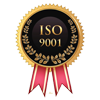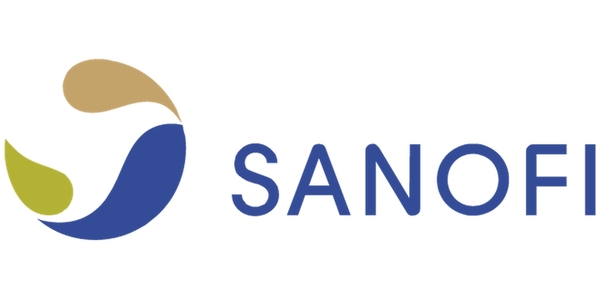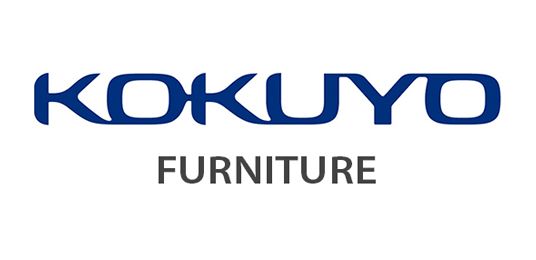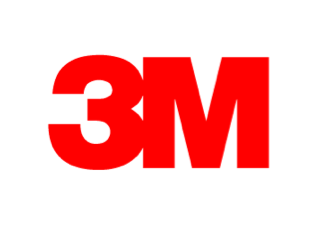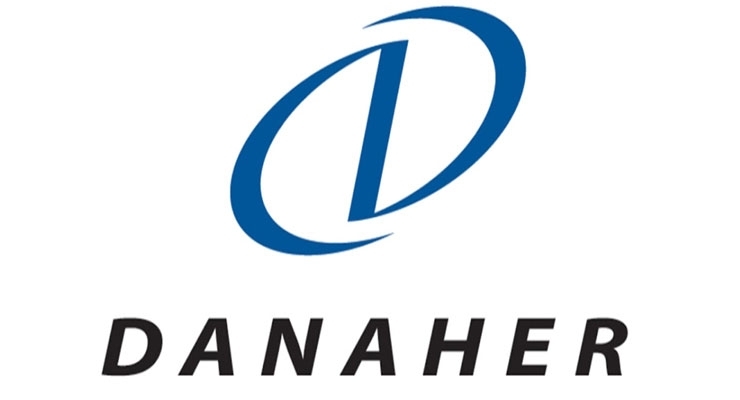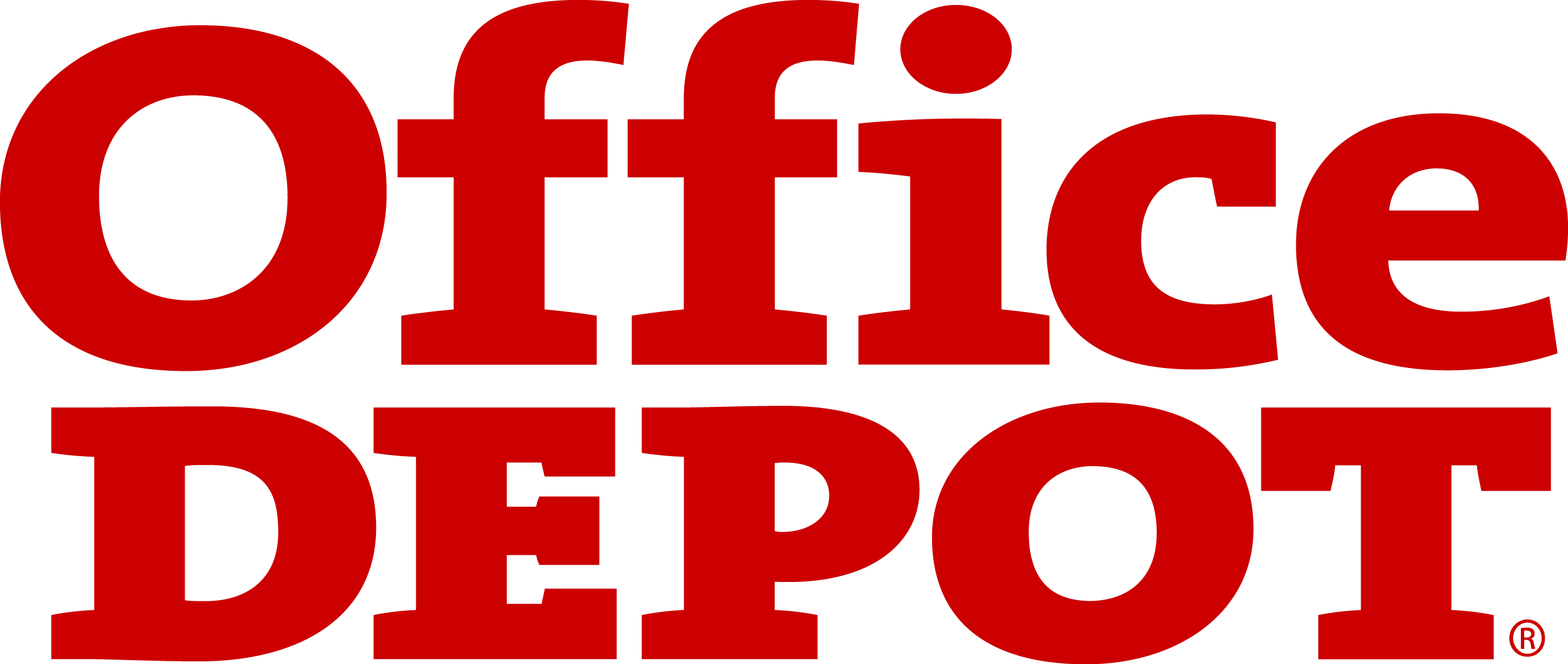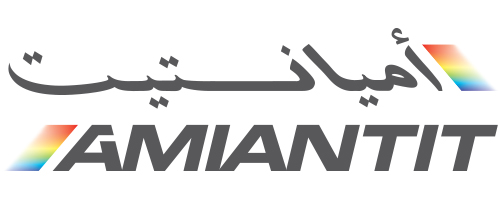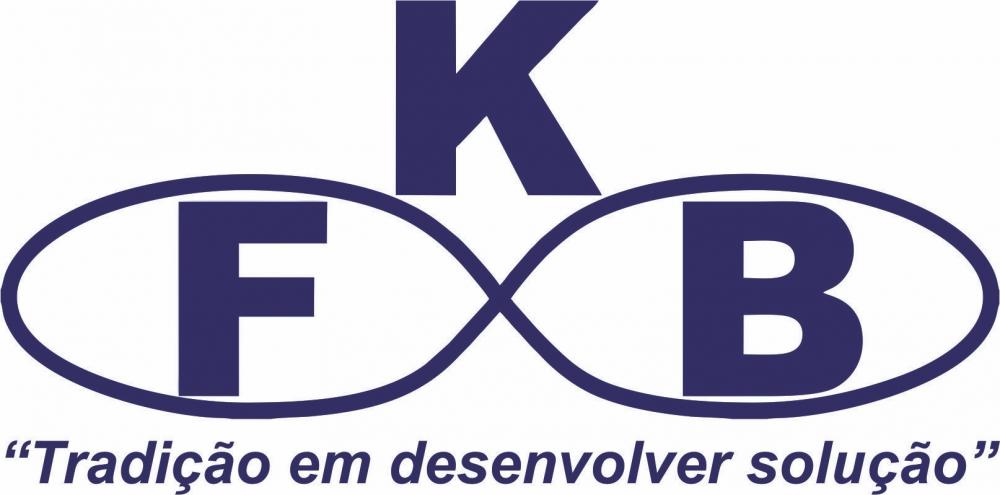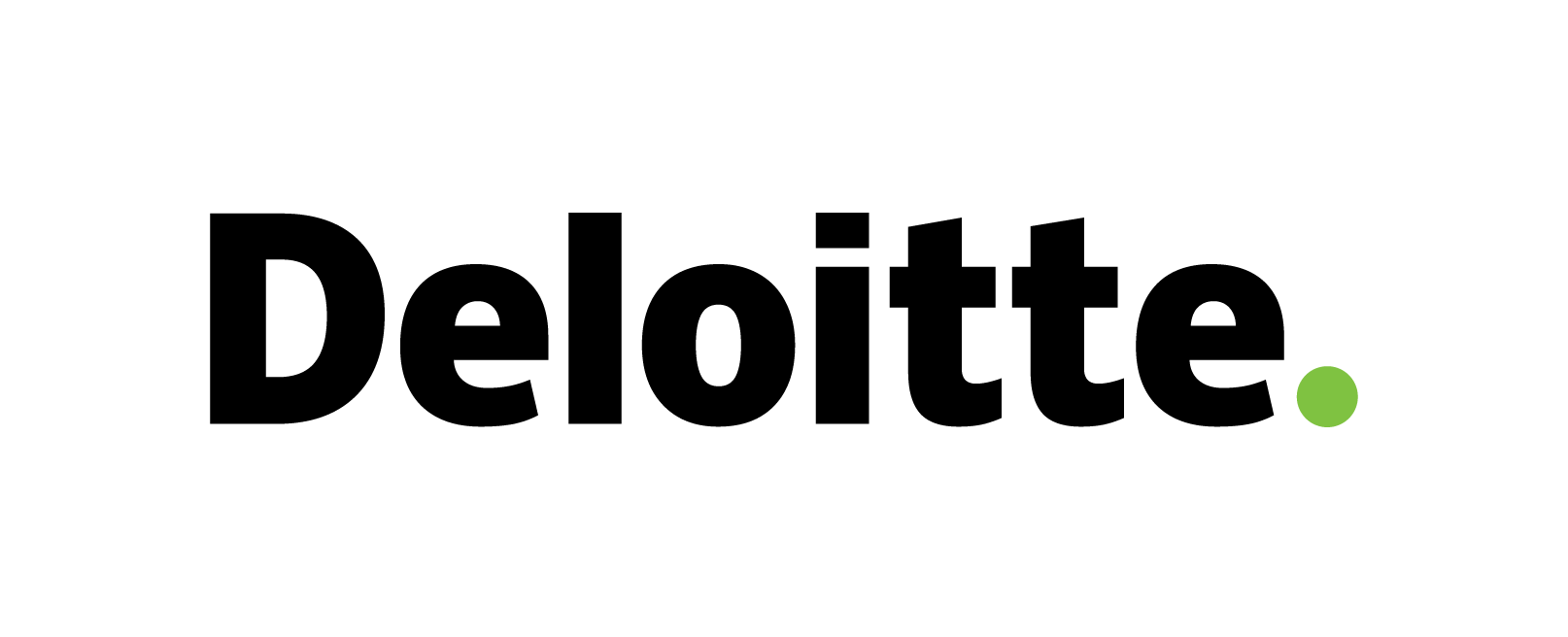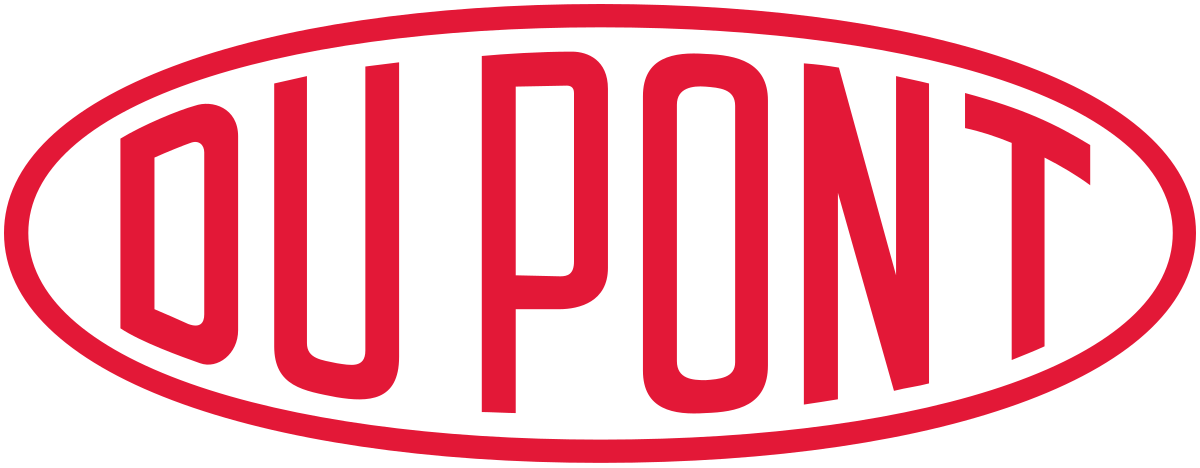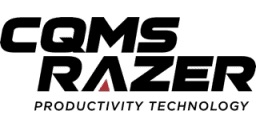Fibromyalgia Treatment Market By Drug Class (Antidepressants, Anticonvulsants, Muscle Relaxants, Others); By Distribution Channel (Hospital pharmacies, Drug stores and retail pharmacies, Online providers); And By Region (North America, Europe, Asia Pacific, Latin America, Middle East & Africa) - Global Market Analysis, Trends, Opportunity and Forecast, 2022-2032
Fibromyalgia Treatment Market Size and Overview
The fibromyalgia treatment market size is poised to reach USD 4.2 billion by the end of 2032, growing at a CAGR of 3.3% during the forecast period, i.e., 2023 – 2032. In the year 2022, the industry size of fibromyalgia treatment market was USD 3.1 billion. The reason behind the growth can be attributed to the growing incidence of fibromyalgia, expanding healthcare infrastructure, more and more centered on affected person-centered care and creation of superior technology, such as telemedicine and digital fitness. The marketplace incorporates a wide range of products. The market is highly competitive with key players striving to meet evolving customer demands.
Fibromyalgia Treatment Market: Report Scope |
|
|
Base Year Market Size |
2022 |
|
Forecast Year Market Size |
2023-2032 |
|
CAGR Value |
3.3% |
|
Segmentation |
|
|
Challenges |
|
|
Growth Drivers |
|
Fibromyalgia Treatment Market Segmentation
By Drug Class
- Antidepressants
- Anticonvulsants
- Muscle Relaxants
- Others
By Distribution Channel
- Hospital pharmacies
- Drug stores and retail pharmacies
- Online providers
By Geographic Regions
- North America
- Europe
- Asia Pacific
- Latin America
- Middle East and Africa
On the basis of drug class in the fibromyalgia treatment market the anticonvulsants segment accounted the highest market share in 2022. This increase may be attributed to rise in adoption of anticonvulsant medications for the remedy of fibromyalgia. Anticonvulsants, together with pregabalin drugs, had been permitted for fibromyalgia remedy and have gained extensive recognition among healthcare vendors and sufferers. The effectiveness of anticonvulsants in handling fibromyalgia signs, especially in reducing pain and enhancing sleep, has made them a preferred preference for many sufferers. As an end result, the demand for anticonvulsant medicines has accelerated, accordingly driving the surge of this segment.
Fibromyalgia Treatment Market Regional Analysis
North America stands as one of the major markets for glaucoma surgery devices, driven through the high prevalence of fibromyalgia in the region, as well as the growing awareness about the condition make contributions to the region’s dominance. The United States, primarily, is a key contributor on this marketplace. Europe is one of the leading marketplaces for Glaucoma Surgery Devices because of the region’s well-established pharmaceutical companies. The European market showcases a developing interest in alternative treatments, such as acupuncture and massage therapy, fueled by the need for holistic approaches to fibromyalgia management. The Asia Pacific Glaucoma Surgery Devices market is estimated to witness significant growth, during the forecast timeframe led by, growing demand for effective treatments, growing prevalence of fibromyalgia. The demand for Glaucoma Surgery Devices is anticipated to rise in countries like China and India, in which large populations and rising healthcare needs. Latin America and the Middle East and Africa display steady growth inside the Glaucoma Surgery Devices market, fueled via developing market with a focus on improving healthcare infrastructure and services, increasing number of hospitals and clinics providing fibromyalgia treatment in the region in these regions. Key participants to the market's growth in these areas encompass Brazil, Mexico, the United Arab Emirates, and South Africa.
Fibromyalgia Treatment Market Growth Drivers
The rising occurrence of fibromyalgia and the necessity, for treatment choices drive the demand for both medications and non-medicinal interventions. Furthermore, the increasing recognition of fibromyalgia. The requirement for treatment options necessitates inclusive and holistic approaches to managing this condition. The escalating interest in therapies, like acupuncture and massage therapy also contributes to the expansion of the market. The expanding healthcare infrastructure in developing regions drives the demand for fibromyalgia remedy. The increasing quantity of hospitals and clinics in these regions necessitates the need for specialized care for fibromyalgia sufferers, boosting the sales of medicine and treatment plans. The healthcare enterprise is more focused on affected person-centered care. This means that treatment plans are tailored to the individual requirements of every affected person. This way is also riding the increase of the fibromyalgia remedy market. The advent of superior technology, including telemedicine and digital fitness, has converted the marketplace landscape. Telemedicine enables far off consultations and monitoring, enhancing get right of entry to take care of fibromyalgia patients in faraway or underserved areas. Digital health technology, consisting of mobile apps and wearables, enable self-control and monitoring of fibromyalgia symptoms, improving affected person consequences and quality of lifestyles.
Fibromyalgia Treatment Market Challenges
High cost of treatment and lack of awareness are hindering the growth of market. In developing regions, this factor has resulted in limited demand for product. Moreover, the adverse effects of medications is also restricting the growth of market.
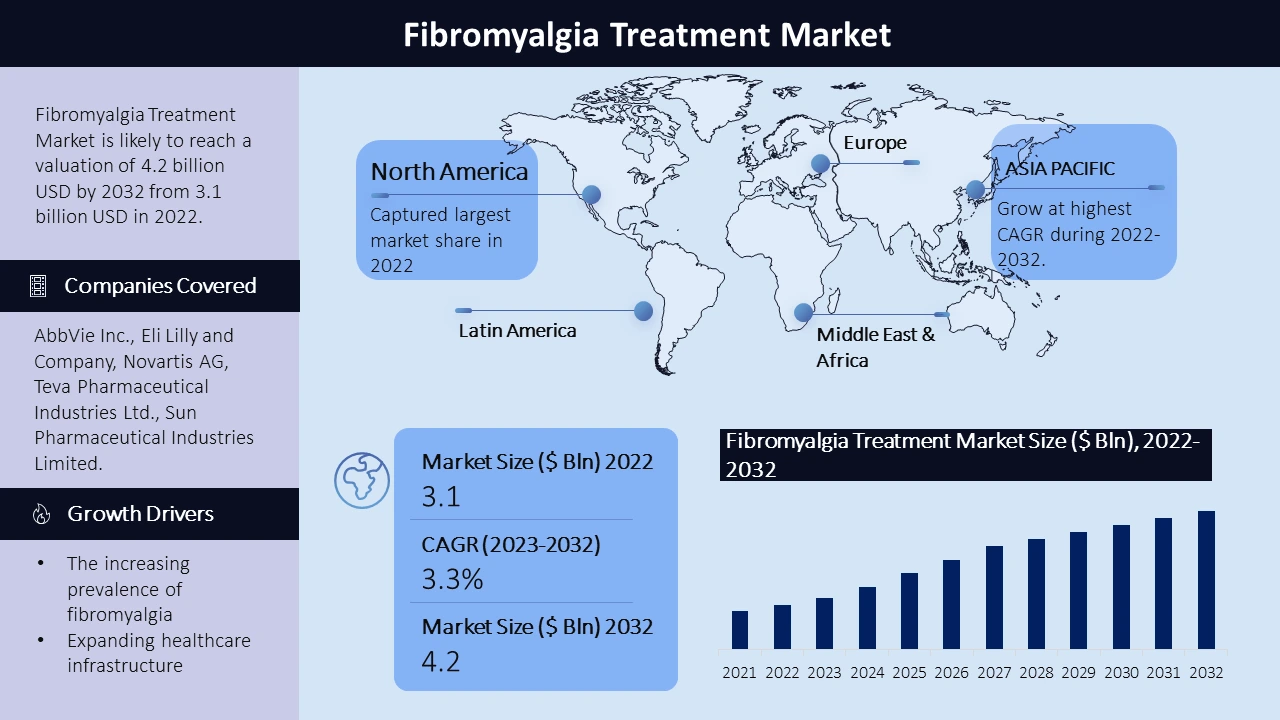
Fibromyalgia Treatment Market Key Companies
The fibromyalgia treatment market is poised by several main corporations, each making big contributions to the industry through their sturdy market presence and progressive product offerings. Among these principal players are AbbVie Inc., Eli Lilly and Company, Novartis AG, Teva Pharmaceutical Industries Ltd., Sun Pharmaceutical Industries Limited, Amneal Pharmaceuticals LLC, Zydus Lifesciences Limited, Abbott Laboratories, Viatris Inc., Lupin Limited. And other players. These essential players constantly try and revamp their marketplace percentage and meet the desires of a diverse investor base. Their competitive techniques encompass product innovation, forging strategic partnerships, undertaking mergers and acquisitions, and increasing their distribution networks.
In January 2023, AbbVie Inc. announced that it had submitted a new drug application (NDA) to the FDA for upadacitinib (RINVOQ) for the treatment of fibromyalgia.
In January 2023, Eli Lilly and Company announced that it had submitted a supplemental NDA to the FDA for pregabalin extended-release (Lyrica XR) for the treatment of fibromyalgia.

Need Customized Report for Your Business ?
Utilize the Power of Customized Research Aligned with Your Business Goals
Request for Customized Report- Quick Contact -
- ISO Certified Logo -

